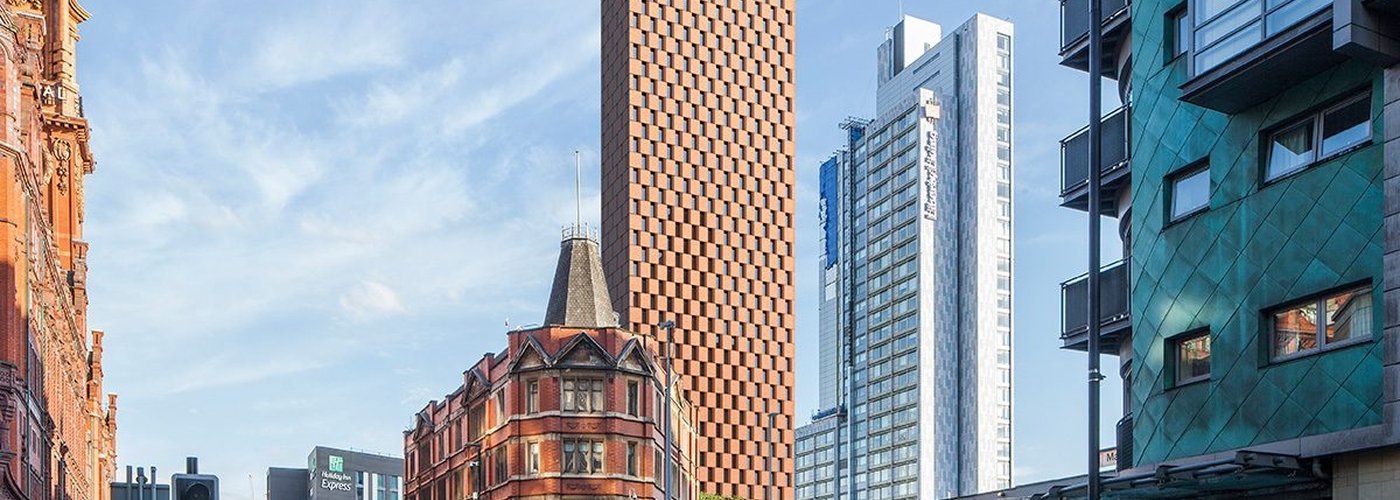With help from residents, Andrea Sandor looks at the dodgy environmental credentials of the controversial 'Tombstone' tower
It is coming up to a year since Manchester City Council adopted its ambitious Climate Change Action Plan, and there has been much back-patting about what "significant progress" has been made in "tackling climate change over the next five years" to mark the anniversary.
It is against this atmosphere of self-congratulation that the application for the 55-storey Hulme Street student tower, nicknamed the 'Tombstone' by locals, has wended its way through the Manchester City Council planning process. Planning officers have recommended the project be approved, stating the development “sets high standards of sustainability". Almost miraculously, this enormous tower will also be a beacon of environmental design. Or will it?
For planning to admit they 'misinterpreted/misunderstood' such an important aspect of the building beggars belief
Jonathan Schofield has masterfully dissected the application from a design and economic perspective. Now let’s look at it from an environmental point of view. In order to do so, I consulted the Macintosh Village Management Company (MVMC), which includes professionals from the legal, construction and energy industry.
MVMC have been working on this project for some time because if the Hulme Street Tower planning application is approved, the nearby Macintosh Village residents will have lived within 350 metres of on-going construction from nearby sites for over two decades. The cumulative environmental impact on air pollution must be considered when granting planning permission, say MVMC. However, the council have not shared their scoping opinion or updated it since 2018, before a Climate Emergency was declared.
The planning report says that the 55-storey purpose-built student accommodation is environmentally sound, in large part because “290 car parking spaces would be removed from the site which would reduce emissions.”
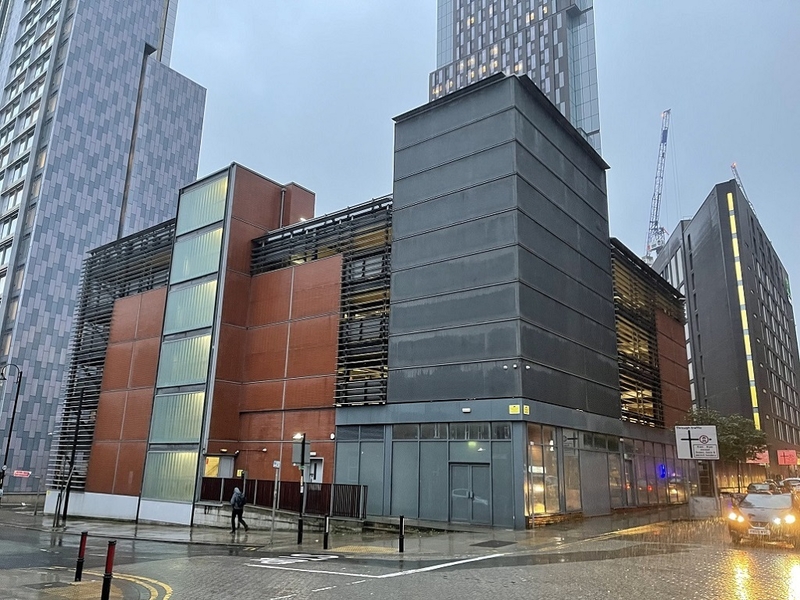
The idea is that it is environmentally advantageous because 290 cars are taken off the road. But this is simplistic. Not only will the 290 cars be merely displaced to other car parks but they will be replaced by something much worse.
MVMC have run their own calculations and conclude that the development is forecast to emit more than 1,400 tonnes of CO2 per annum, which is the equivalent to over 3,000 cars commuting from Oldham to Manchester five days a week. The buildings emissions are in one place, the Oxford Road Corridor and inside a residential community, whereas the 290 cars would commute and distribute their emissions. That’s 3,000 cars revving their engines and staying in one place to produce concentrated carbon emissions of more than 1,400 tonnes of CO2 per annum. Clearly the proposed development will create significantly more emissions than 290 parked cars that come and go.
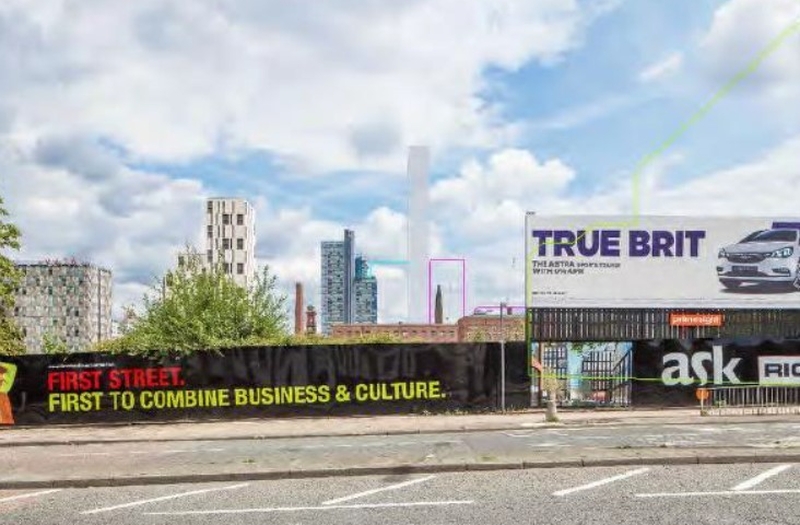
This application should comply with the Council's own environmental policies...but does it?
When MVMC started looking into the application for this mammoth 55-storey tower with 853 “units”, they started by considering the location of the site. Located within the Oxford Road Corridor, the site is within an Air Quality Management Area and where the MCC Core Planning Strategy insists that all applications must comply with and exceed Policy EN5 for the introduction of decentralised low and zero carbon.
You won’t be surprised to hear residents raised their eyebrows when the report saw no mention of the EN5 policy in the tower’s Environmental Statement. Does the application actually comply with this policy, then? Is it actually low/zero carbon? When I put this question, among others, to the council, they responded by saying they couldn’t comment as the application is still in process. Strange, though, don’t you think, not to confirm that an application follows a council policy?
Is a '100% renewable energy tariff' credible?
By this time MVMC had properly got stuck into the planner's environmental statement. They thought they might find a similar energy solution as that used by the nearby 37-storey UNITE student tower, which was completed at the end of last year. This tower creates 100% renewable electricity, which is generated as a by-product of gas consumed using Combined Heating Power (CHP) technology. In other words, the UNITE tower development built its own system to produce renewable electricity.
Not so with the Tombstone. Instead, MVMC found this application states it will use a 100% renewable energy tariff from an idea created by officials in discussions with planners Deloitte. However, a 100% renewable energy tariff is a misnomer. Around half of the UK grid is sourced from renewable sources. As this handy explainer puts it: “It’s not technically possible for renewable power to be directed to your home unless you have a direct line to a generator (solar panels on your roof, for example).” The energy that comes out of the socket is the same regardless of what tariff you’re on. The best that you can do is carefully select an energy provider whose activities genuinely produce renewable energy. But what comes out of your socket will be at most 50% renewable.
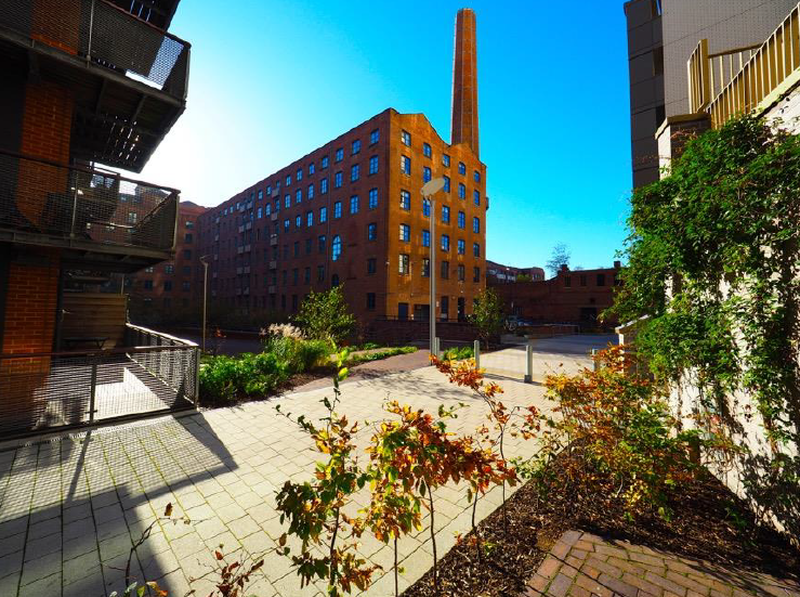
For the Tombstone, this means two things. First, the figure for overall carbon emissions should include the emissions from all of the regulated loads (gas plus electric). However, the environmental statement says: "As the Proposed Development has made a commitment to purchase 100% renewable electricity, this figure includes gas-related carbon emissions only." This looks very much like emissions are being wrongly discounted. This too was put to the council.
The second thing this means is that the council would need to somehow ensure and enforce that the building uses a credible “100% renewable” tariff and doesn’t switch. Interestingly, since putting my questions to the council earlier this month, a “condition” has been added to the application. The condition says the “details of the renewable electricity energy contractor for the building shall be submitted for approval in writing by the City Council” and “any subsequent energy contract related to the building must also supply 100% renewable energy.”
This looks like a step in the right direction. But looks can be deceiving. And Mike Halley, the Chairman of MVMC, doesn’t like the look of this. “You can’t condition out harm,” Mike tells me by phone.
He guides me to a government website on planning and the Planning Policy Guidelines for Conditions, where it says “Are there any circumstances where planning conditions should not be used?” One of the circumstances: “Conditions requiring compliance with other regulatory requirements (eg Building Regulations, Environmental Protection Act).”
Mike points out to me that last week Sir Richard Leese indicated at a committee meeting that the council has "no statutory powers to require other parts of the city to act. And we have no statutory powers to scrutinise either."
Curious, says Mike that “in the space of just seven days MCC planning has suggested it will condition the procurement of green energy despite the applicant being left to the guesswork of what comes out of the national grid at any one second.”
In other words, Leese is correct that the council has no statutory powers to control emissions - and this means their new condition has no teeth - it cannot be enforced. Instead, the lack of sustainability, carbon emissions, no possible plan to get to carbon zero and complete non-compliance with policy is grounds for planning refusal and for the council to demand the developer provide a credible solution like the UNITE tower did.
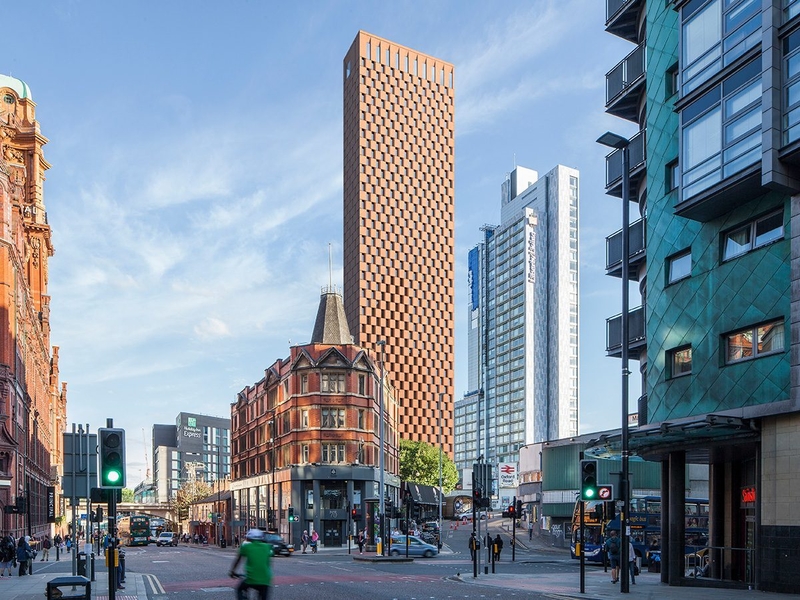
Have all 'embodied emissions' been factored in?
'Embodied emissions' are emissions associated with pre-operation and demolition. The Architects' Climate Action Network (ACAN) describe them as: “emissions caused by extraction, processing and manufacture; transport, assembly and installation on site; replacement, refurbishment and maintenance; demolition and disposal.”
According to ACAN, embodied carbon emissions account for 69% of a residential building’s carbon footprint. Crucially, they are not currently regulated in the UK.
When looking at the Tombstone application, it appears that it claims that 14% of its carbon emissions will be related to pre and post-operation. This is the 'Construction' and 'End of Life' stage emissions (11,634 CO2) out of the total emissions (94,962 CO2) on page 346 of the Deloitte Energy Statement.
This is good reason to scratch your head and wonder if all embodied carbon emissions have been calculated. MVMC points to one example of embodied emissions that hasn’t been factored in.
The developer plans to award the contract to build the tower to engineering enterprise Laing O’Rourke. They construct the building offsite in a factory in Worksop, Nottinghamshire. Not only does this mean 72% fewer construction jobs will go to local people in Manchester, but it also means each panel produced in the Worksop factory will need to be transported by lorry on a 120-mile round-trip journey. And yes, you read that right, one panel fits in one lorry, so each panel gets its very own trip. MVMC believes the emissions created by these journeys haven’t been factored into the overall carbon footprint of this project. The road closures on the tiny streets of Macintosh Village as every panel arrives will create havoc for its six years of construction too.
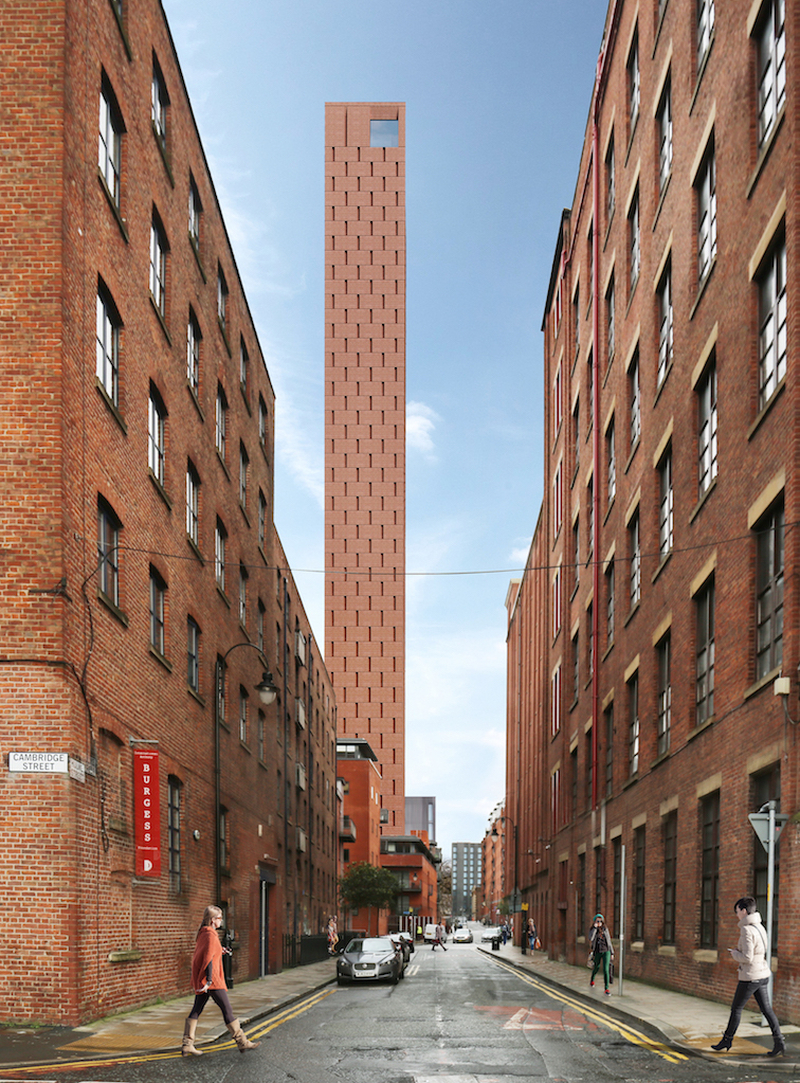
Is everyone confused?
If this all feels like it’s going over your head, then there’s reason to believe it’s going over planners’ heads as well. Mike tells me that a few days ago he received a call from someone in planning telling him that the building had been reviewed from an environmental point of view and that the development would now be '100% electric' without use of gas.
“That is technically impossible, Electricity NorthWest would need to upgrade the substations and been consulted,” Mike tells me, which is also what he told planning. The technology simply doesn’t exist to power a skyscraper on 100% electricity.
Planning since emailed Mike saying, “The information online and in the report is correct...I had misinterpreted/misunderstood something I was told.” In other words, the original plan to use gas and '100% renewable' tariff stands.
MVMC now raises the question of whether the report and opinion have been written with the misunderstanding of the emissions or the actual facts; gas plus electric, no introduction of renewables and no plan to get to carbon zero, ever?
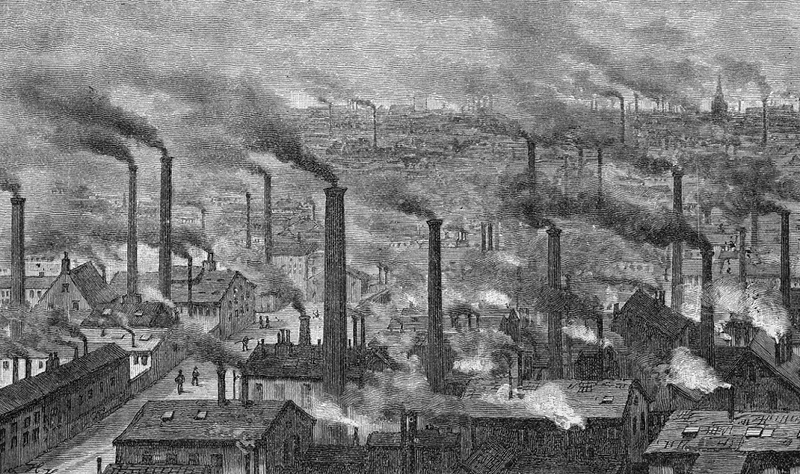
At Confidentials, we were perplexed. Have the planning team really got to grips with environmental policy and practice? The environmental credentials of the buildings going up haven’t been carefully scrutinised until now, when local residents with energy know-how, turn their eagle eye to building applications. While Mike says the UNITE building is an “exemplar” from an environmental perspective but still could not get its emissions below 42.9 kgCO2/m2, he too wonders if anything else has been missed.
In terms of the Tombstone proposal, Mike says simply, “This will not be a low-carbon building. It has locked itself out of the de-carbonisation of the grid in favour of gas. It is not sustainable and does not meet environmental, national, or Manchester, planning policies.”
Yet planning officers have still marked 'minded to approve' on an application which is full of holes in so many ways.
Meanwhile for planning to admit they 'misinterpreted/misunderstood' such an important aspect of the building beggars belief. This is not a house extension in Withington, it is a 55-storey, 155m (508ft) tower with 853 residential units. It makes one wonder how many other applications have got through containing just as many fundamental anomalies.





